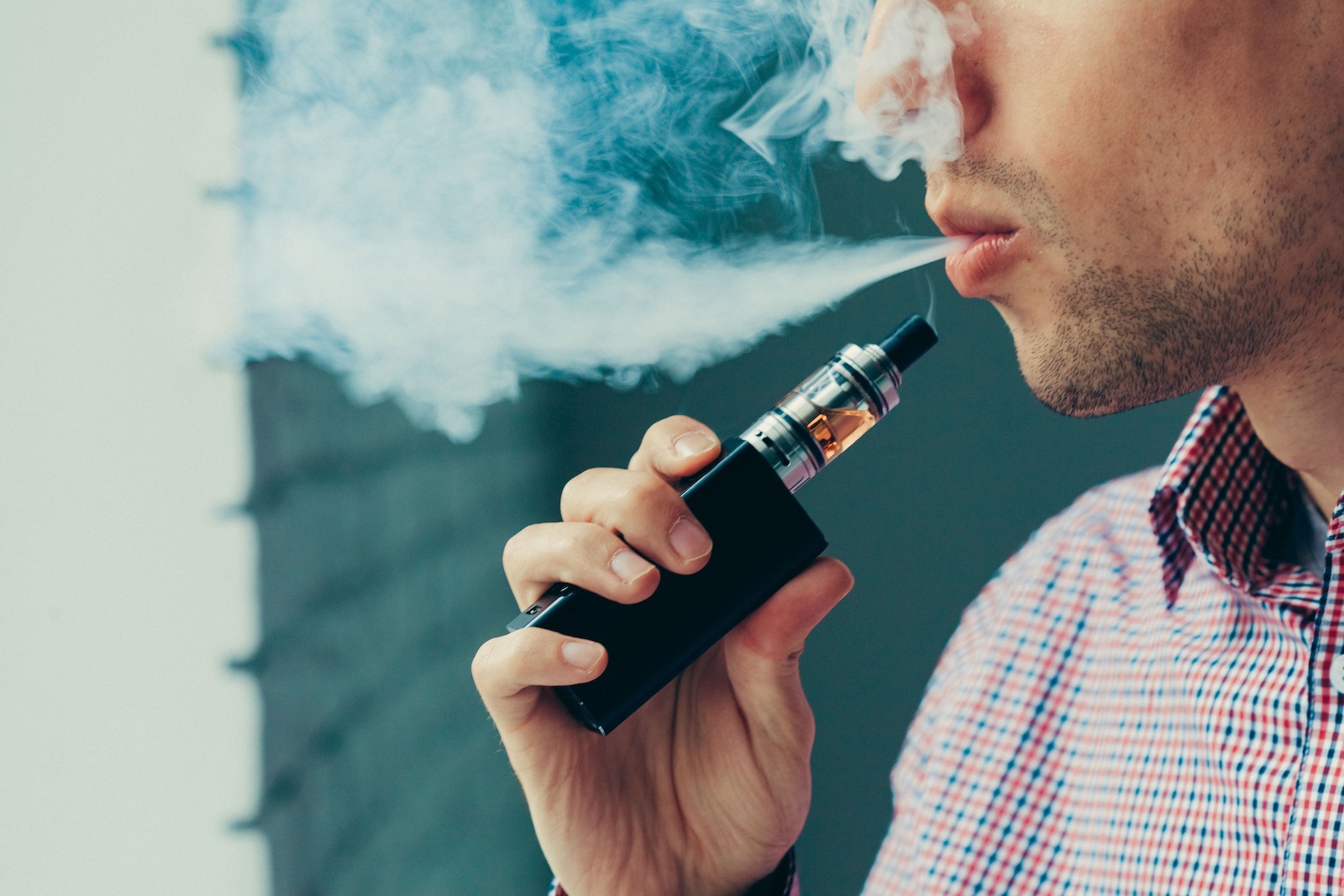The Evolution and Popularity of Vaping
The Evolution and Popularity of Vaping
Blog Article

In recent years, vaping has become a significant cultural phenomenon, emerging as a popular alternative to traditional smoking. This shift is driven by a blend of technological innovation, changing social attitudes, and evolving health perspectives. Vaping offers a distinct experience, characterized by its use of electronic devices to heat liquid nicotine solutions, which are then inhaled as vapor rather than smoke. This article explores the evolution, benefits, and controversies surrounding vaping.
The Rise of Vaping
Vaping first entered the public consciousness in the mid-2000s, with the development of the first commercial e-cigarettes. These devices were designed to replicate the experience of smoking while eliminating many harmful chemicals found in combustible cigarettes. Early models were simple, resembling traditional cigarettes, but technological advancements quickly led to more sophisticated devices.
Today’s vaporizers come in various forms, from sleek, pen-like devices to larger, more complex mods with customizable features. The modern “vape” market offers an array of choices, including nicotine salts, e-liquids with varying flavors, and devices with advanced temperature controls. This diversity has contributed to vaping's widespread appeal among different demographics.
Benefits of Vaping
One of the primary reasons individuals switch to vaping is the perception of reduced health risks compared to smoking. Traditional cigarettes produce harmful tar and a multitude of toxic substances through the combustion of tobacco. In contrast, e-cigarettes heat a liquid (e-liquid) that contains nicotine, flavorings, and other chemicals, without combustion. As a result, vaping is often considered less harmful due to the absence of many carcinogens associated with smoking.
Vaping also offers smokers a method to gradually reduce nicotine consumption. Many e-liquids are available in varying nicotine strengths, allowing users to taper off their nicotine intake over time. This gradual reduction can be an effective strategy for those looking to quit smoking entirely.
Moreover, vaping has become associated with social trends and lifestyle choices. The wide range of flavors available, from fruity concoctions to dessert-inspired blends, has contributed to vaping's popularity. The ability to customize devices and create personal vaping experiences has turned it into a hobby for many enthusiasts.
Controversies and Concerns
Despite its popularity, vaping is not without controversy. Health experts remain cautious about its long-term effects. While vaping is generally regarded as less harmful than smoking, the long-term health consequences are still not fully understood. Studies have raised concerns about the potential risks associated with inhaling certain chemicals found in e-liquids.
The rise in vaping among youth is another significant concern. Flavored e-liquids, appealing designs, and marketing strategies have led to increased use among adolescents. Public health officials worry about the potential for nicotine addiction and the impact on developing brains.
Regulation is another area of contention. Different countries and regions have varying policies regarding the sale and use of vaping products. Some have implemented strict regulations to curb youth access, while others have embraced vaping as a less harmful alternative to smoking.
The Future of Vaping
As vaping continues to evolve, ongoing research and regulation will shape its future. Advances in technology may lead to even more refined and safer devices, while increased scrutiny will likely result in stricter regulations. The vaping industry must navigate these challenges while addressing health concerns and maintaining consumer trust.
In summary, vaping represents a complex and dynamic segment of the smoking cessation landscape. Its rise reflects a shift towards alternatives that offer potentially reduced health risks and customizable experiences. However, the controversies surrounding its safety and impact, particularly among youth, underscore the need for continued research and responsible regulation. As vaping evolves, it will be essential for stakeholders to balance innovation with public health considerations to ensure a beneficial role in reducing smoking-related harm. Report this page